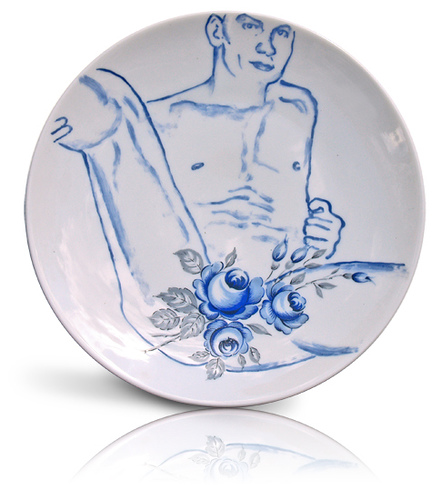I just read several knitting books and several anti-colonial books at the same time, and I have all these new ideas about my own knitting. As happens when you read different topics at the same time, I found where they overlap and connect. An example.
From Michael Pearson’s Traditional Knitting: Aran, Fair Isle and fisher ganseys, 1984.
Pages 121-2.
[The Shetland Islands] lie to the north east of Britain and are in fact closer to Norway than mainland Scotland. … The inhabitants owe their heritage to the Norsemen who settled there in the 8th and 9th centuries, living under the patronage of Norway for over 500 years before the influx of Scottish mainlanders in the 13th century. Norse influence then began to fade and ended with the sale of the islands in 1496 by Norway to the Scottish Crown.
From this date right through to the present day the history of the inhabitants has been one of ruthless exploitation— by the Stuart family till 1615 and then by the splitting up of the islands into estates run by rich immigrant Churchmen and landowners…
The two knitting traditions that had the most resonance for me were Cowichan sweaters and Fair Isle knitting, both affected by Scottish colonialism. The more I read about Scottish history, the more it seems like Scotland has been a volcano of settlers for hundreds of years. They can’t stay home. Why? I continue to read. I want to know more about how I ended up here, descended from at least five different Scottish settler families on Coast Salish territories.
But. Ideas I got from this round of reading.
- Folk knitting history is patchy and there are many versions of events and stories.
- Reading books by American and British people mostly involves serious denial about colonization of any kind. It’s almost a relief to read books about North American genocide, because at least the destruction is presented as destruction. I read one book about Fair Isle knitting that presented Norway’s sale of Fair Isle to Scotland as simply a “reflection of the fact that the island was by then more Scottish than Norse.” OK, author, but how did that happen?
- Knitting has labour politics as well as the more discussed gender roles. I hadn’t thought much before about the history of underpaid cottage industries where poor people knit clothes for rich people, for peanuts per hour. It is still basically impossible to make a living wage selling hand knitting. Like gardening, it’s one of those subsistence activities that middle class people dabble in for leisure. Not sure what to do with that right now.
- Again, being a folk art, patterns and ideas spread whenever one crafter meets another (or even a craft). It sounds like Cowichan spinners and weavers were keen to pick up knitting from European settlers and missionaries, just as crafters. But also, English style knitting (yarn in the receiving hand) was taught in residential schools as a “civilizing” domestic skill, sometimes to produce items the school sold for profit. I want to find out how Turkish style knitting (with the yarn around the back of the neck) ended up in the Andes, when by the time of colonization I think Iberians were knitting in continental style (yarn in the loading hand). So far I haven’t found a resource that has both crafty knowledge and awareness of colonialism.
More from Michael Pearson.
Page 128.
Because of the natural tendency to identify with areas within reach, British knitters have usually assumed that Fair Isle was the place where two-colour knitting was invented.
I don’t know how natural that is. It does seem to be part of British and maybe European culture, to assume cultural dominance or sameness. Do non-Euro people have a history of that too? Assuming that everything was invented nearby just because it’s here now? (Two colour knitting, as far as I have been able to find out, first turned up in Turkey and Egypt, then spread via trade routes to Baltic and Nordic Europe.)









